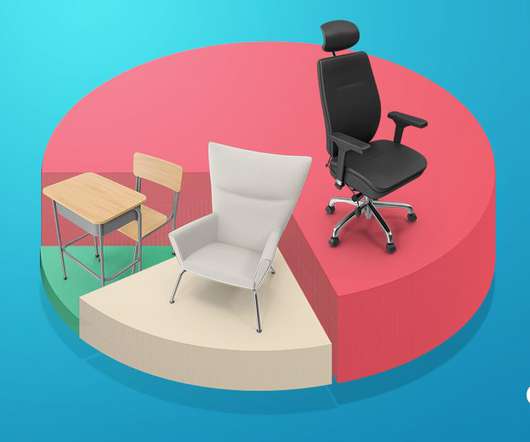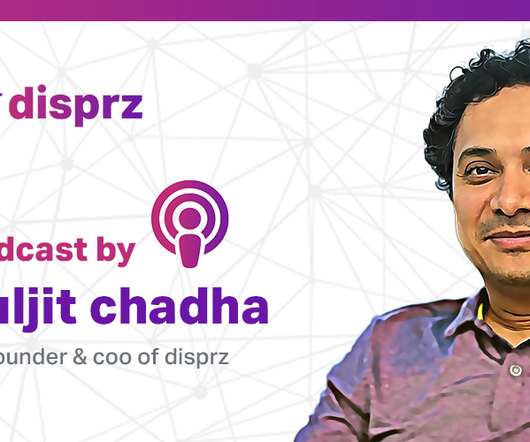The Ultimate Brain Food: Performance Support | Social Learning Blog
Dashe & Thomson
JANUARY 21, 2011
I like to imagine performance support as an Exobrain … (and, of course, that I am one of the smart people in learning … guess I will have to ask Simon about that.) Which is probably about right … I like to think we’re building a better Exobrain. Rob Mueller: Great post on using games as a training device. Properly d.












































Let's personalize your content